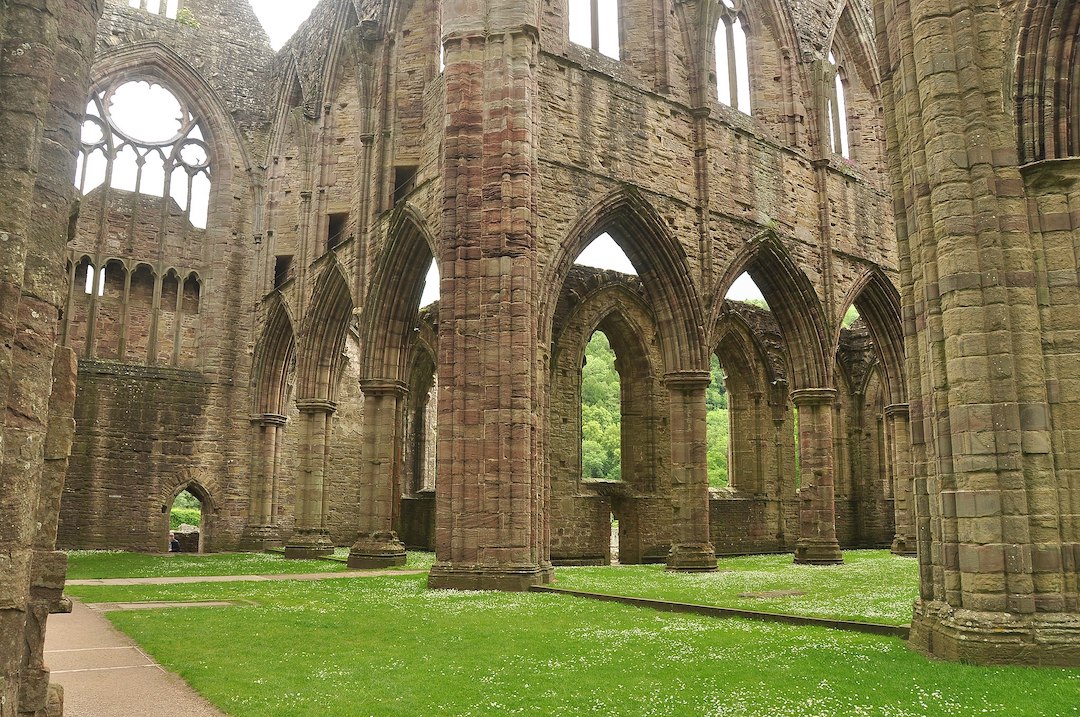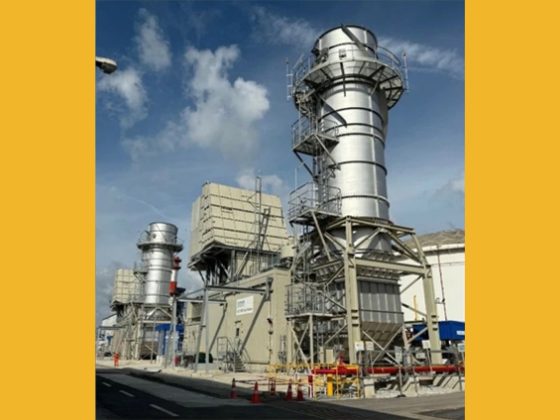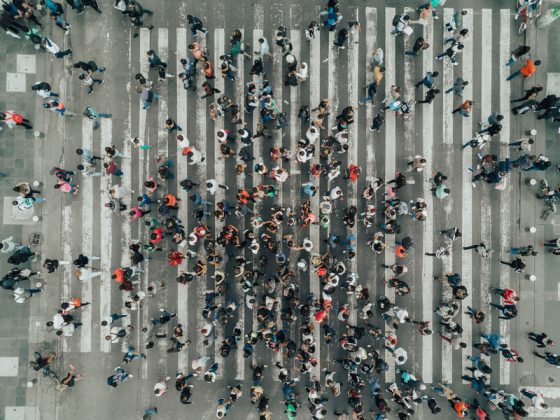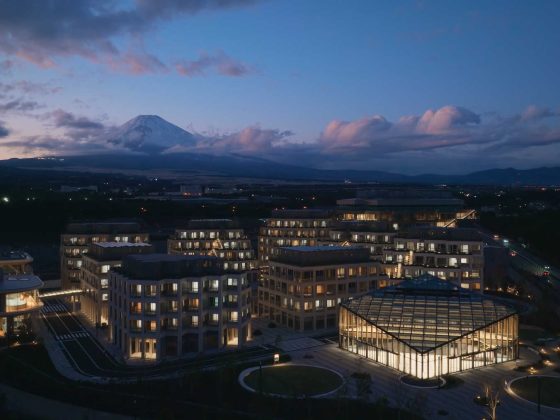Over time the weather, vibration, ground movements and general wear and tear can take their toll on the masonry and concrete used in buildings.
But keeping buildings in a good state of repair can be expensive and difficult. Hairline cracks and other damage below the wall surface can be hard to detect. With large numbers of historic buildings and ageing infrastructure, Europe faces an enormous task keeping its buildings in a good state.
To maintain and repair the EU’s 1.1 million bridges alone requires an estimated budget of €4-6 billion every year while replacing them could cost more than €400 billion. And as around a fifth of the houses in the EU are more than 69 years old – according to data from 2015 – keeping these in a liveable state will become a growing burden for the construction industry.
It has led some scientists to ask whether it might be possible for buildings to take care of themselves.
‘Although natural stone structures and objects may have survived over the centuries, weathering and everyday stresses cause damage and deterioration,’ said Dr Magdalini Theodoridou, an engineer and Newcastle University academic track fellow at the Hub for Biotechnology in the Built Environment, UK. ‘This could compromise the structural integrity and safety of buildings, as well as reduce their aesthetic appeal.
‘Providing masonry and stonework with an in-built immune system, ready to work before damage becomes critical, will significantly benefit their longevity and reduce their maintenance needs.’
‘Providing masonry and stonework with an in-built immune system, ready to work before damage becomes critical, will significantly benefit their longevity.’
‘Providing masonry and stonework with an in-built immune system, ready to work before damage becomes critical, will significantly benefit their longevity.’
Dr Magdalini Theodoridou, Hub for Biotechnology in the Built Environment, UK
Bacteria
To enable buildings to repair themselves, Dr Theodoridou has been using bacteria that can act much like the immune cells in the human body that are responsible for detecting injuries and aiding healing.
While working as a research fellow at Cardiff University she was part of the GEOHEAL project which developed ways of using bacteria to repair damage to natural stone and masonry.
Previous work by other groups has demonstrated that it is possible to create self-healing concrete by seeding it with bacterial spores. The spores are contained within tiny capsules along with a supply of nutrients.
When a crack appears in the concrete structure, the capsules rupture and the exposed bacteria multiply, producing calcium carbonate – the main constituent of limestone and found in the shells of sea creatures. This hardens into the stable mineral calcite, which cements the crack together.
But while specific hardy types of bacteria – capable of withstanding the range of conditions a structure might experience – can be added to concrete as it is being mixed, getting them into natural stone is more of a challenge.
The GEOHEAL team have developed a technique that allows them to spray or brush existing stonework with a liquid containing naturally occurring soil bacteria. These then work their way into porous rock and eventually heal damage as it occurs. The treatment also contains calcium along with nutrients the bacteria need to grow and produce calcite.
The two types of soil bacteria used – Sporosarcina pasteurii and Sporosarcina ureae – can readily make their homes inside the stone, says Dr Michael Harbottle, coordinator of the GEOHEAL project and a senior lecturer in geoenvironmental engineering at Cardiff University, UK.
‘Stone and geological materials are by nature bioreceptive, thanks to their mineralogical composition and porous microstructure,’ he said. ‘The bacteria we have used can happily live in such environments and lead to new mineral formation, as long as they have access to water, oxygen and nutrients including a source of calcium ions.’
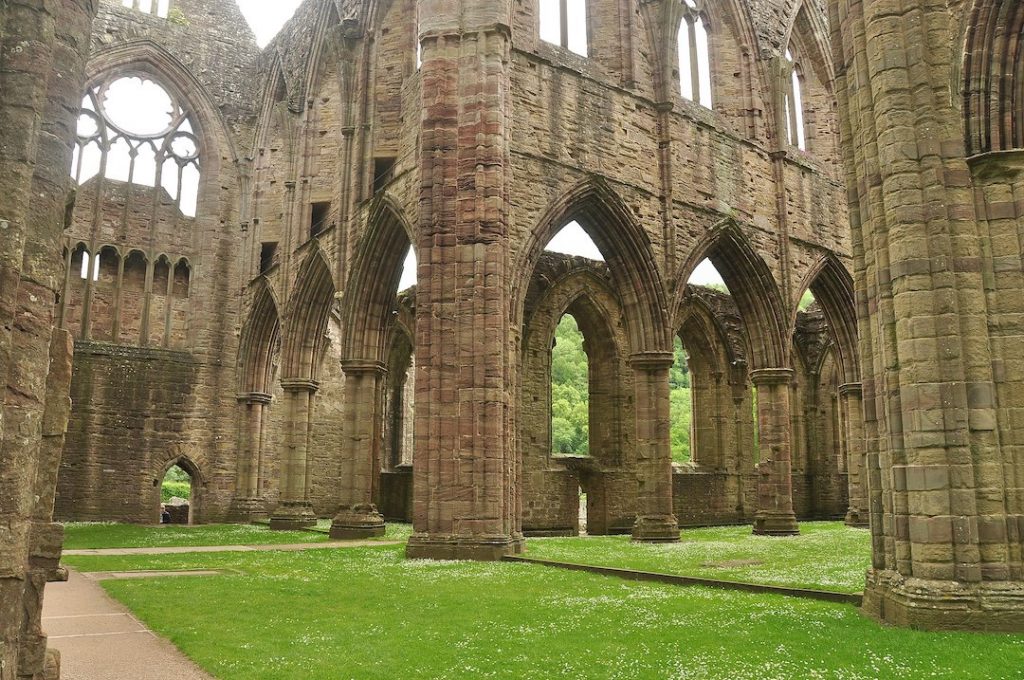
Self-healing
While the bacteria could feed off the calcium already contained in some natural rock types such as limestone, marbles and sandstones, this could degrade the surrounding stone. Instead, the researchers provide additional calcium for the bacteria to turn into hardened calcite.
‘We provide the calcium ions with the nutrients in order to boost the efficiency of the self-healing system, as well as to prevent decomposition of the natural fabric of the host materials,’ said Dr Harbottle.
The researchers have also developed a self-healing mortar to hold stones and brick together by adding dormant bacteria to the mortar paste along with a network of ‘veins’ containing nutrients. When the mortar is damaged, these veins break open, providing food for the bacteria that causes them to multiply and repair the cracks. As they do so, they re-encapsulate themselves, becoming dormant once more and ready to start the repair process again should further damage occur.
Provided the bacteria can access water or oxygen, the self-healing process can take place at any depth into the stone that a crack may appear. Most treatments for restoring and protecting old masonry tend to be restricted to coatings on the surface of the masonry, says Dr Theodoridou.
During the two-year project, which ended in early 2020, the researchers also collaborated with the Welsh government to see if their bacterial system could help preserve the historic Tintern Abbey in Monmouthshire, Wales. Tests conducted on stone samples from the site showed that the bacteria could improve the microstructure of the masonry.
Crucially they also found that the appearance of the stone itself did not change.
‘For example, no colour alterations were found than could be detectable by the human eye,’ said Dr Harbottle. The bacterial treatment also did not affect the ‘breathability’ of the stone – something that can be a problem with conventional stone protection treatments and sealants, which can lead to the surface layer flaking off as salts build up behind it. This can then accelerate the weathering of the stone that is exposed underneath.
Infrastructure
Dr Theodoridou adds that using bacterial self-healing treatments could be particularly useful for critical infrastructure and those that are difficult to access, such as bridges and tunnels. It could also help to prolong the life of older buildings that have suffered damage.
This could contribute to meeting global sustainability goals, she says.
The construction industry is responsible for around 5-12% of greenhouse gas emissions in Europe and 11% worldwide, making it a major contributor to climate change. By helping buildings last longer with fewer repairs, self-healing materials could reduce those emissions.
For structures such as bridge, tunnels and earth retaining walls, the ability to self-heal could also greatly improve their safety. Damage to these critical infrastructures can lead to catastrophic failures if they are not regularly maintained. In 2018, the collapse of the Morandi Bridge, in Genoa, Italy claimed the lives of 43 people and investigators identified corroded cables and damage to the concrete as being partly responsible.
Large parts of these structures, however, tend to be buried underground, making maintenance and inspections an even harder task. Self-healing concrete in these situations could help to save up to €120 million every year in maintenance and repair costs of Europe’s tunnels and earth retaining walls, according to researchers working on the GEOBACTICON project.
Soil
Most research on self-healing concrete has focused on structures exposed to the air or water rather than those immersed in the soil. Different soil types with varying moisture and acidity can affect the concrete in wide range of ways.
‘It is not clear if the process of self-healing is efficient within concrete elements exposed to such complicated ground conditions,’ said Dr Adam Souid, an engineer at the University of Derby, UK, and principal investigator on GEOBACTICON. The project, which concluded in December, was trying to unravel how bacterial-based self-healing might behave in concrete buried underground.
He and his colleagues mixed calcium-rich capsules of gel filled with the soil bacteria Bacillus subtilis into concrete and shaped them into blocks. These were then deliberately damaged and buried into various types of naturally occurring soil. They found that in some soils, other soil bacteria could penetrate into cracks and compete with the healing bacteria.
The size and composition of the soil particles could also cause problems as these can infiltrate the cracks, while the amount of water saturating the soil was also important as it could generate pressure inside pores and cracks that affected the resulting healing. More saturated soils tended to heal better, the researchers found.
The findings have provided the team with vital clues about how to improve the self-healing processes in underground structures, which they are now starting to investigate. If they are successful, however, it could be vital for not just maintaining the integrity of concrete itself, but also protecting the steel bars encased within the concrete to reinforce large structures.
If exposed to moisture, acidic compounds and other chemicals found in soils, the steel can corrode and weaken, says Dr Souid. ‘The bacterial self-repairing concrete technology can protect reinforced concrete structures and infrastructures actively and durably without human investigations, controls or interventions.’
Self-healing stonework and concrete could even lead to exciting new forms of architecture in the future, believes Dr Theodoridou. ‘In new construction, the possibility of incorporating self-healing materials and structural elements would enable bolder and more sustainable designs.’
The research in this article was funded by the EU. If you liked this article, please consider sharing it on social media.
This post Buildings, tunnels and bridges could soon repair themselves was originally published on Horizon: the EU Research & Innovation magazine | European Commission.
